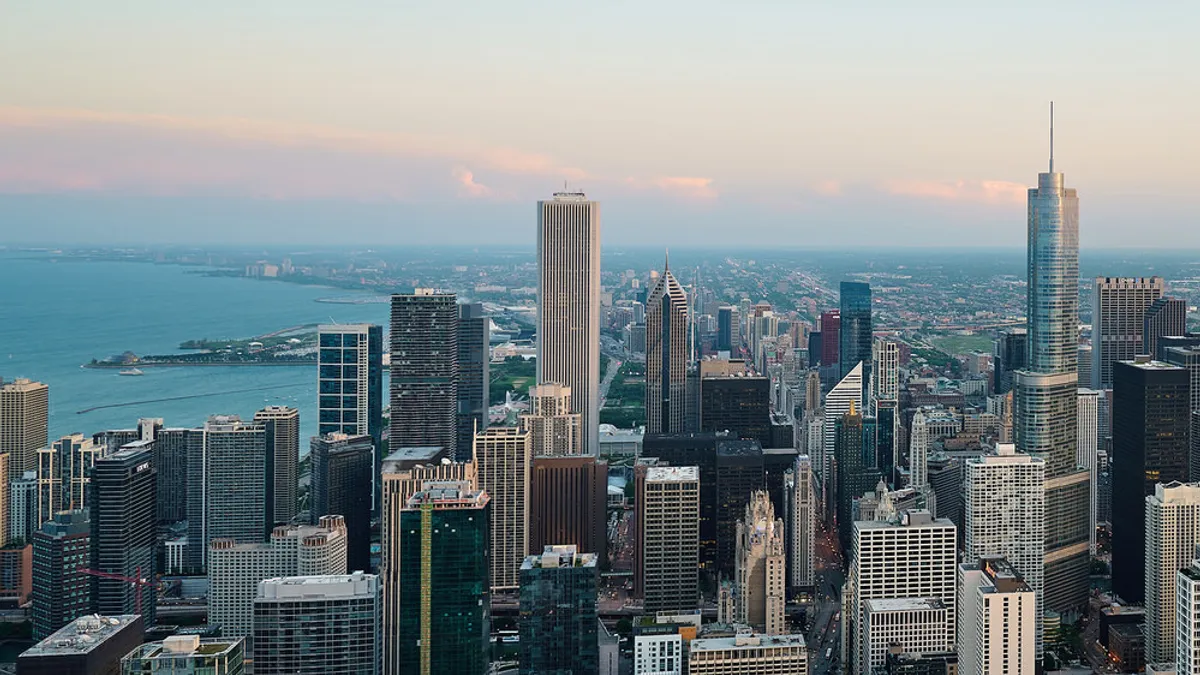Dive Brief:
- The New York Public Service Commission on Thursday approved changes to standby and service rates offered by investor-owned utilities, a move they say "reorients the electric industry toward a consumer-centered approach."
- The changes aim to better align standby rates and system expenses to ensure price signals reflect the cost of a customer's grid connection while encouraging clean energy development. The state is aiming for 100% emissions-free energy by 2040.
- In particular, the PSC's order expands the availability of demand rates by requiring opt-in eligibility for all customers, whether or not they have distributed energy resources (DER) installed on-site. Regulators said all customers can benefit from improved alignment between costs and system contributions of DER.
Dive Insight:
New York regulators are continuing to hone the state's rates and policies to expand the use of distributed, clean energy resources. Commissioners want more DERs on the grid, but also must ensure customer bills are fairly assessed.
"We must continue to compensate utilities, energy developers and consumers for investment decisions for the full value that their clean energy investments provide to our electric system," PSC Chairman John Rhodes said in a statement. "More accurate pricing will provide customers with the increased ability to manage their bills."
The PSC's order expands the availability of demand rates, which include charges based on a customer's usage, strengthens standby service rate price signals by requiring more granularity in demand charges, improves the accuracy and consistency of cost allocations, and requires utilities to develop an Allocated Embedded Cost of Service (ACOS) methodology to develop standby rates.
The ACOS methodology "will provide parameters for periodic review of the allocations of costs" including whether they are wholly shared, are charged to a specific customer, or split, the order says.
The PSC also said its order clarifies the application of grid access demand charges for energy storage systems to further promote their development, and to improve grid efficiency and renewables integration. "Importantly, energy storage will also enable these resources to meet periods of peak demand," the PSC said.
New York's work to improve rates and tariffs has been central to the state's Renewing the Energy Vision process to overhaul the electric sector. In April, the commission approved changes to the Value of Distributed Energy Resources tariff, revising how some calculations are completed and extending net metering to more projects. The changes are also meant to spur more clean and distributed energy resources in the state.
New York is aiming to supply 70% renewable energy by 2030, on its way to eliminating emitting sources of power. The state says it has already invested $2.9 billion in 46 large-scale renewable projects and has expanded its offshore wind target to 9,000 MW, the most in the nation.















